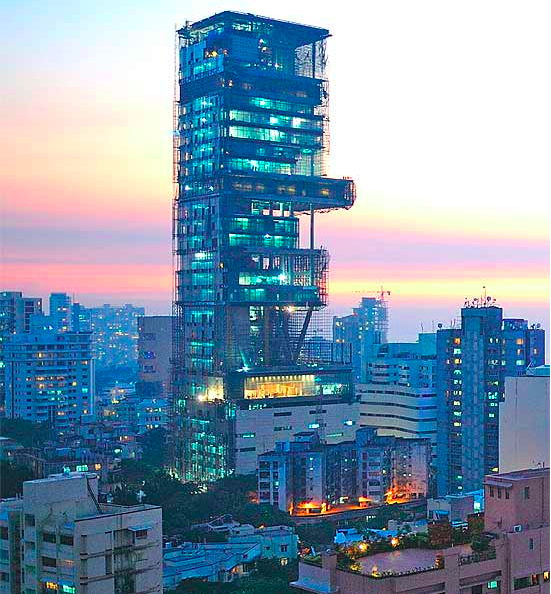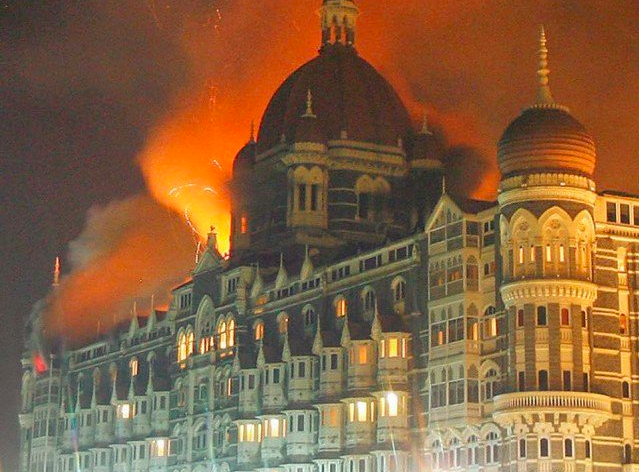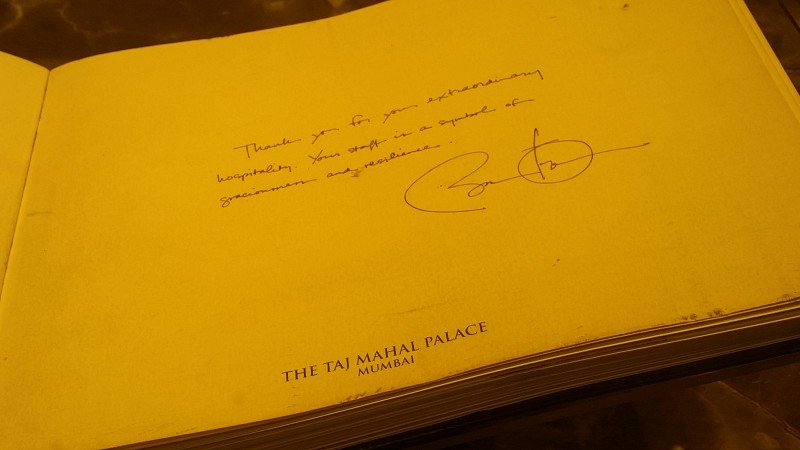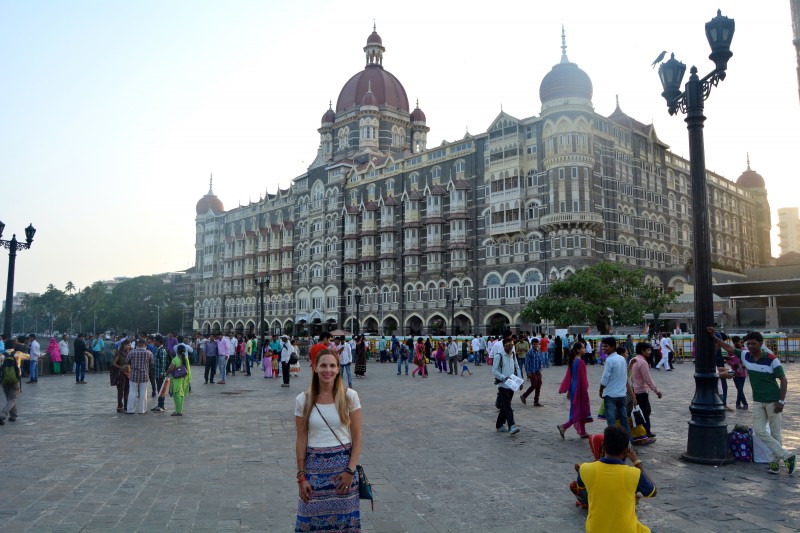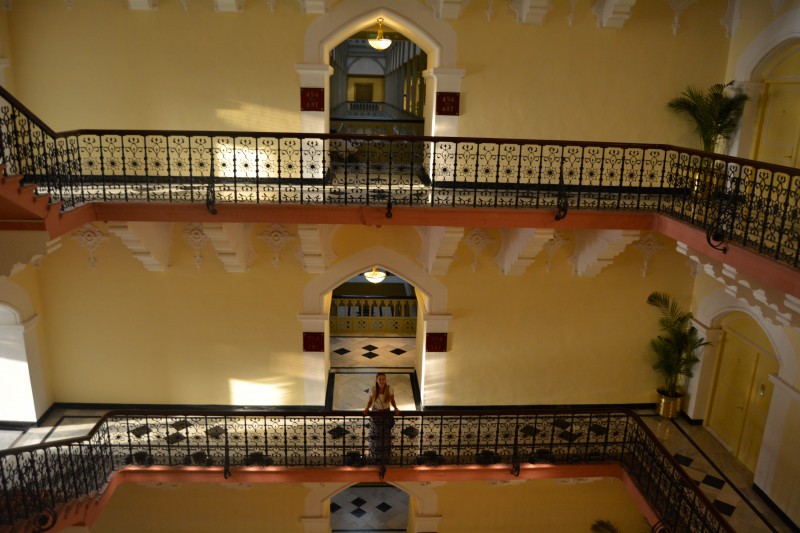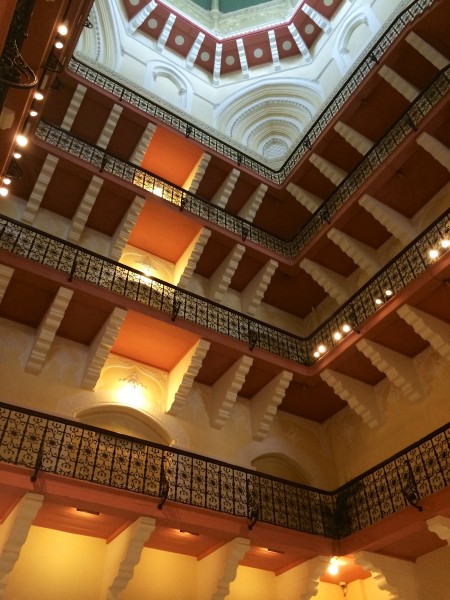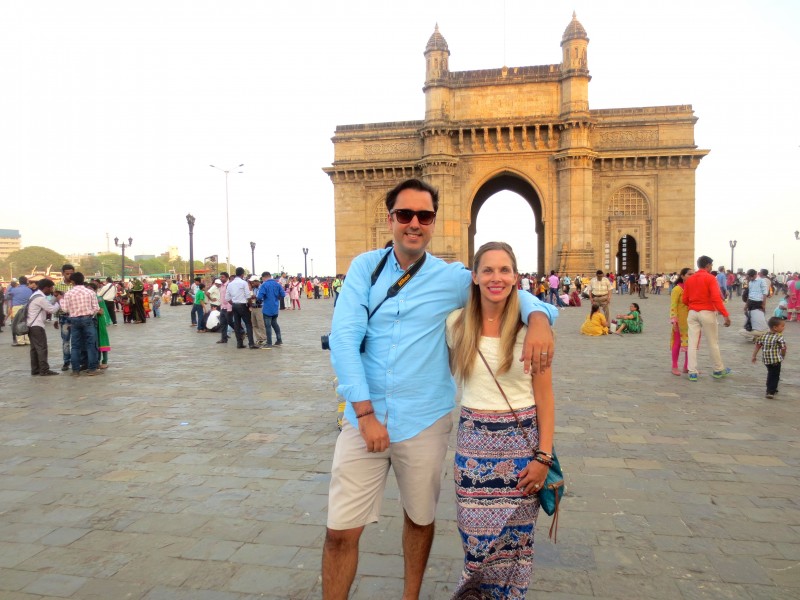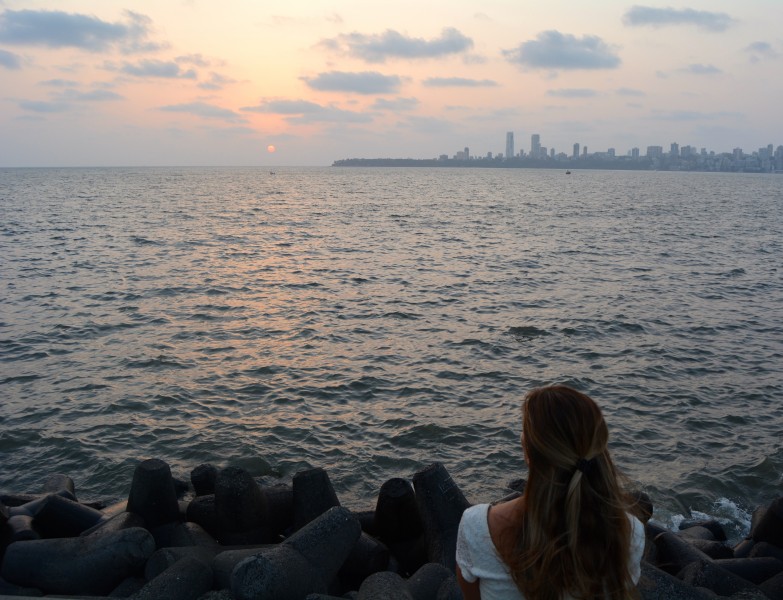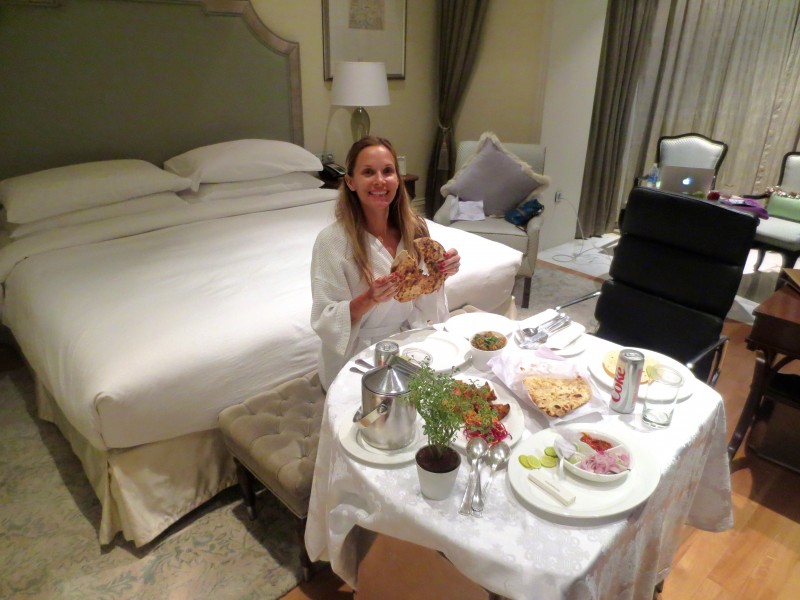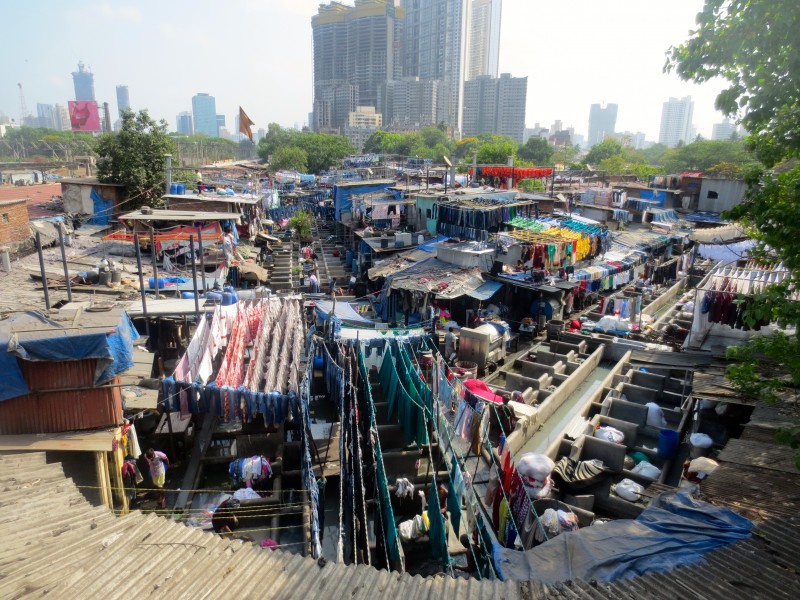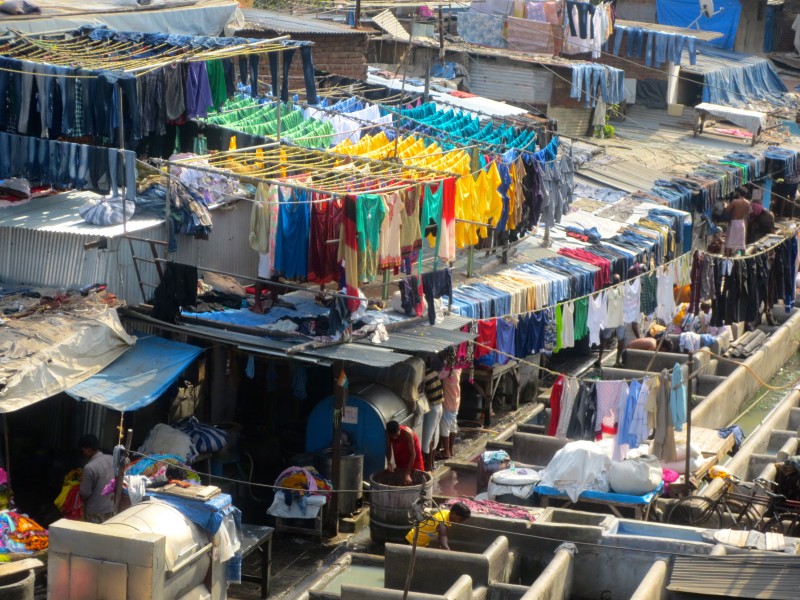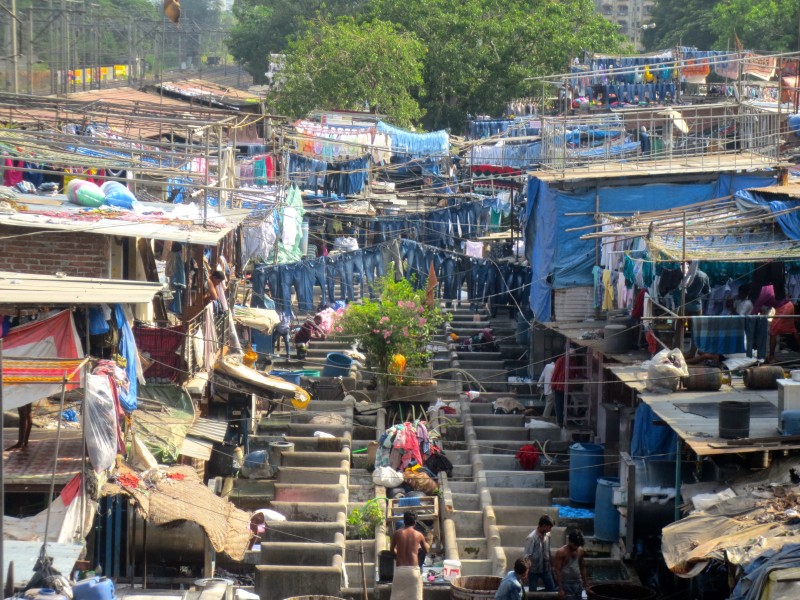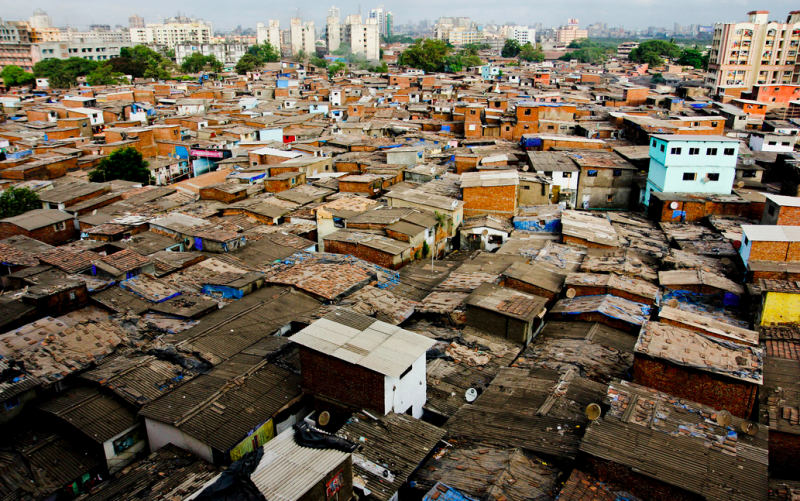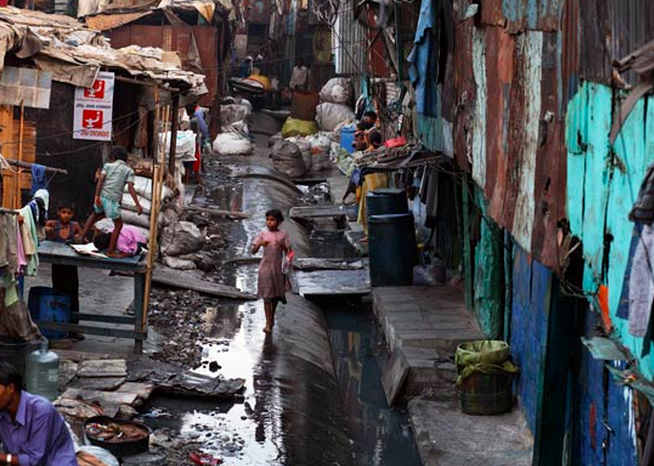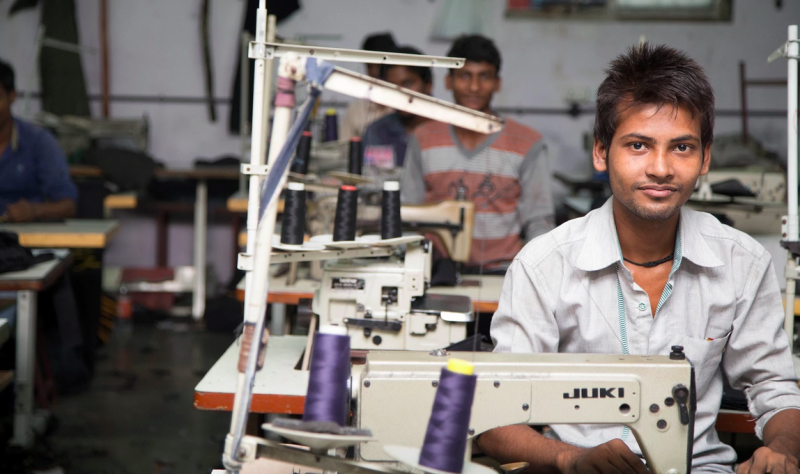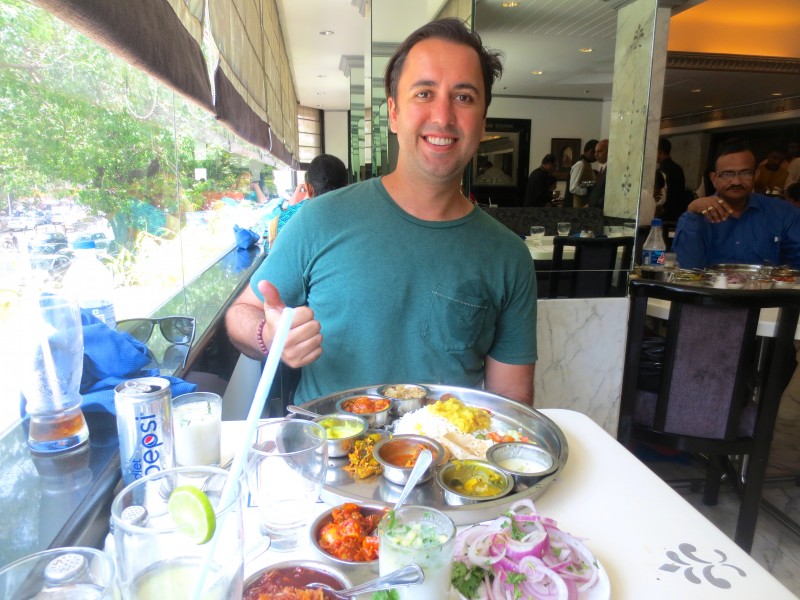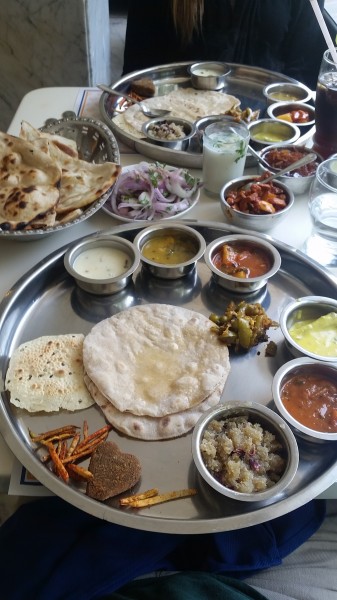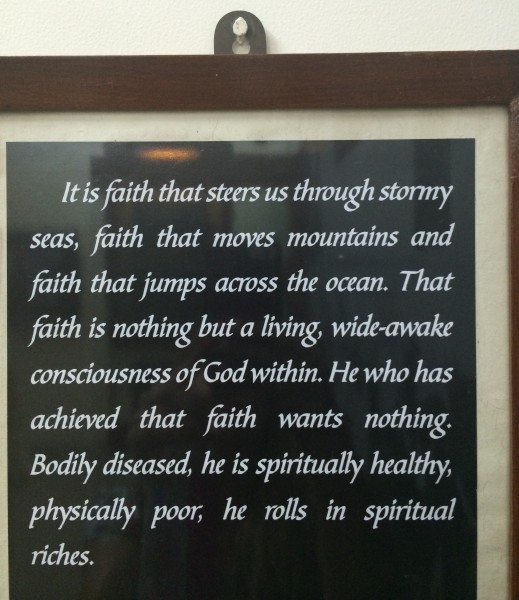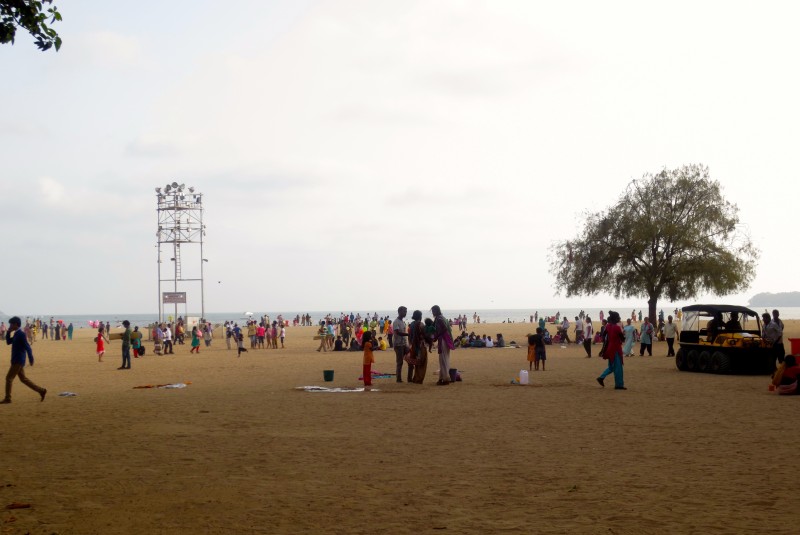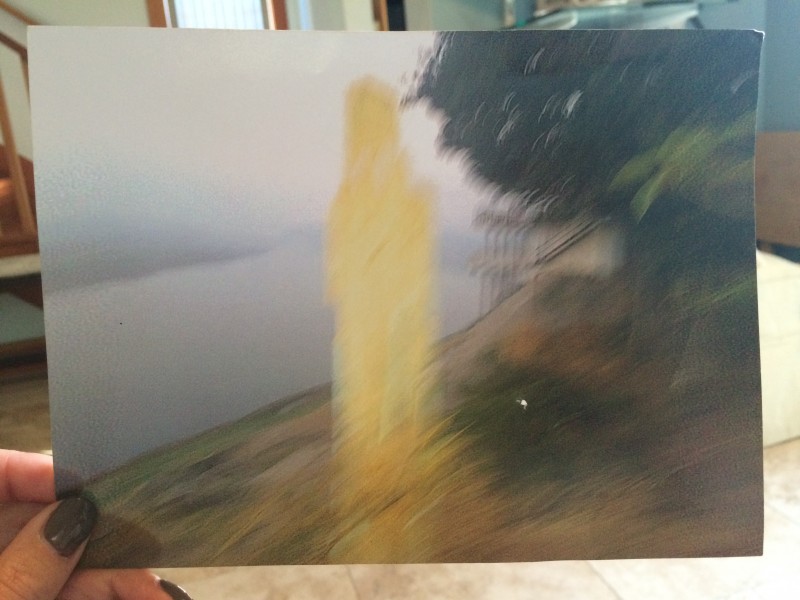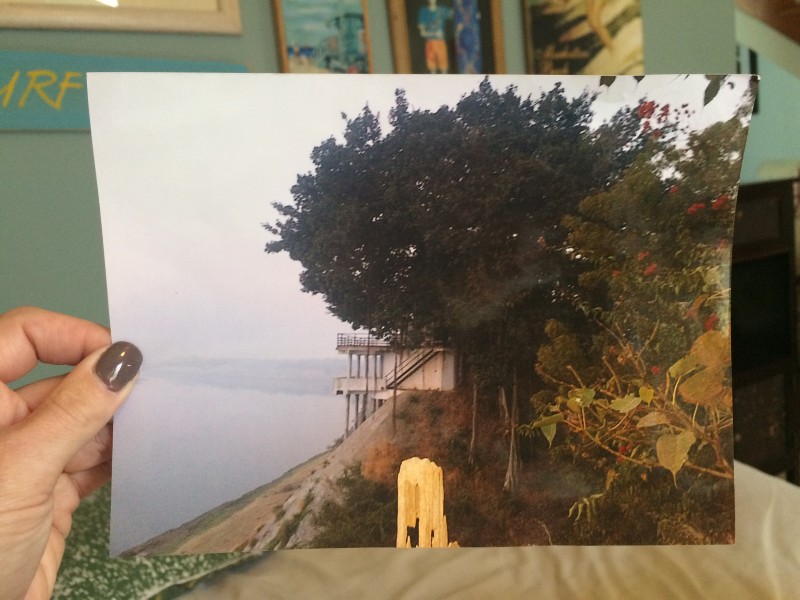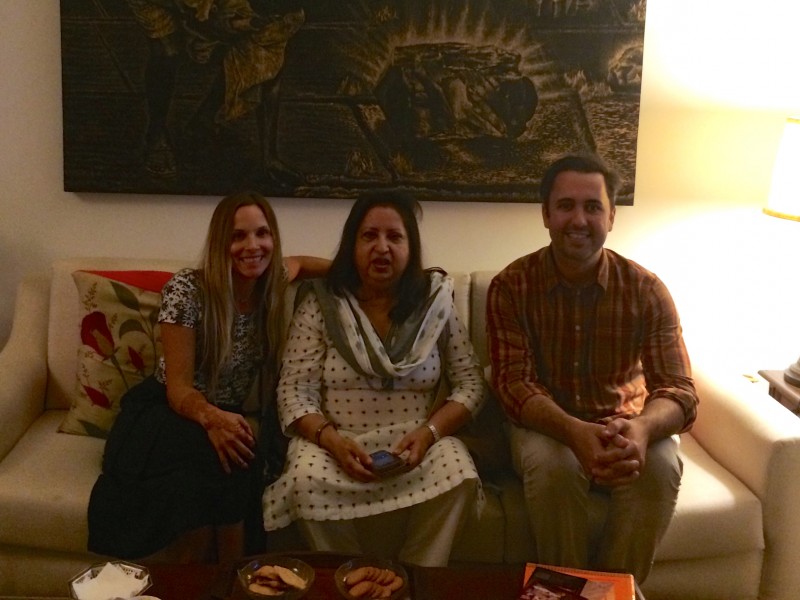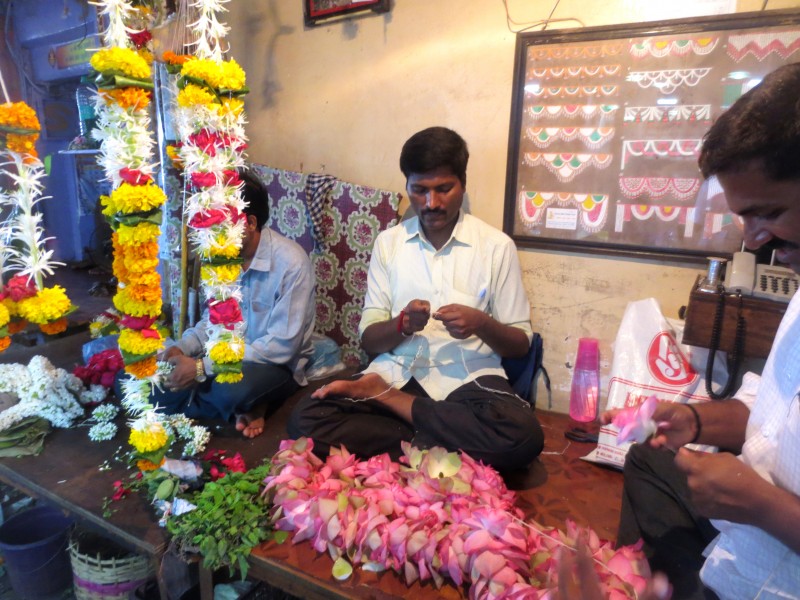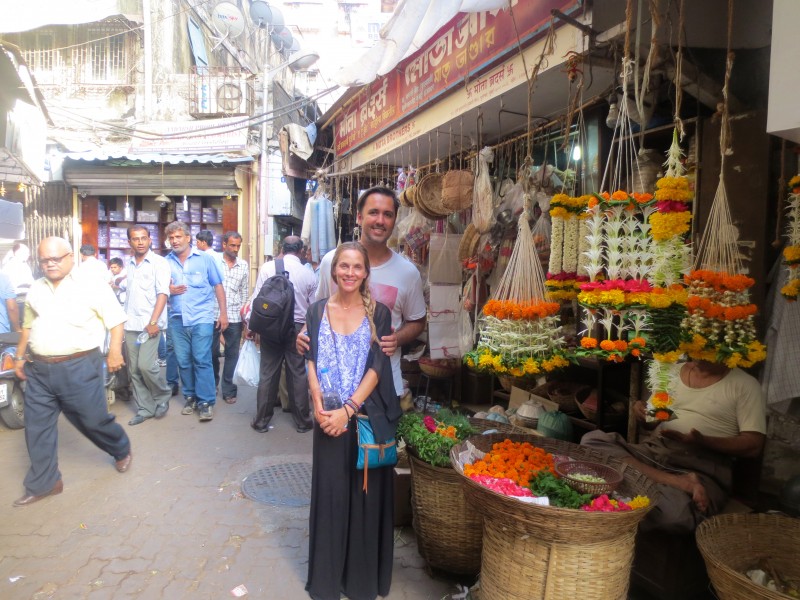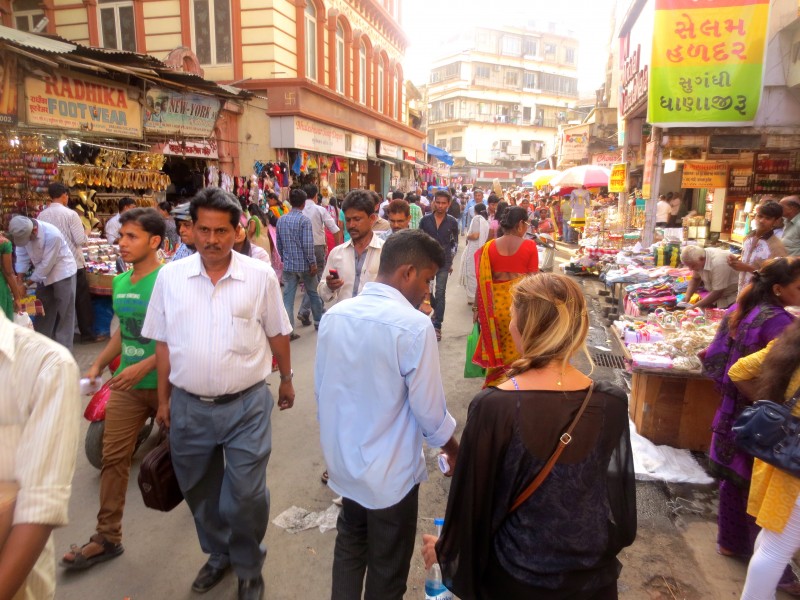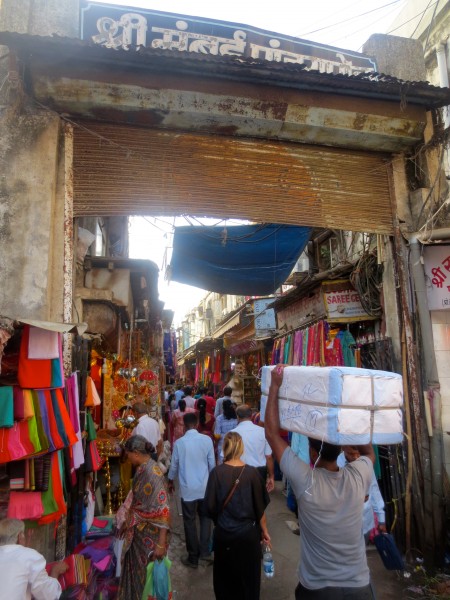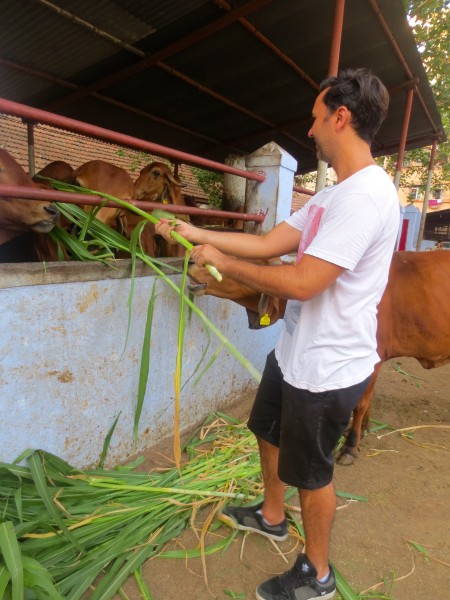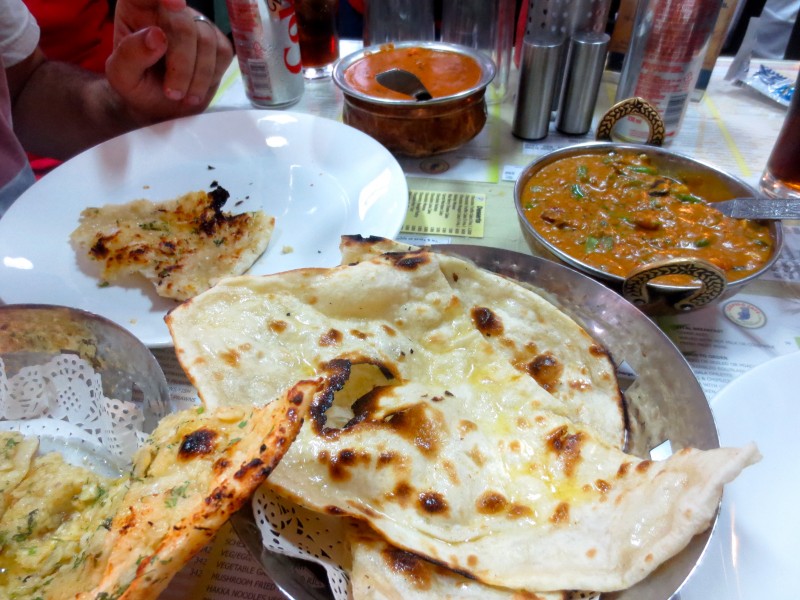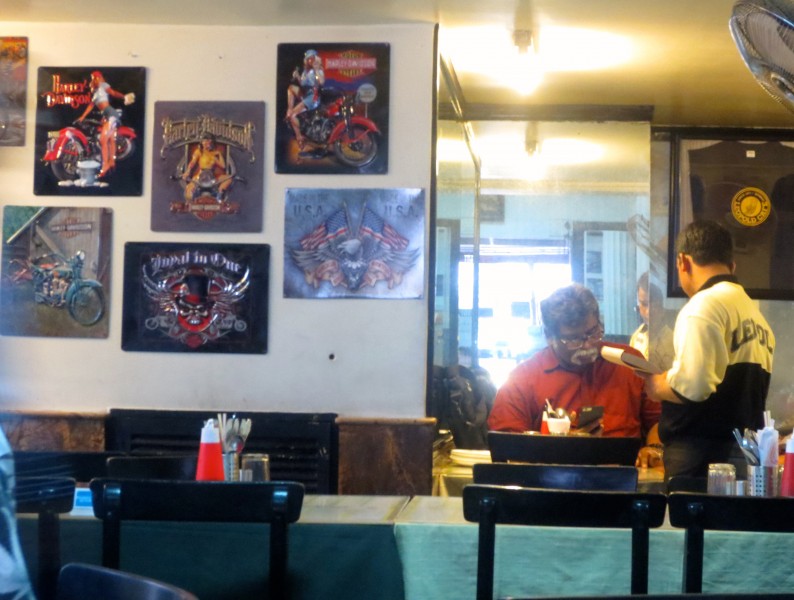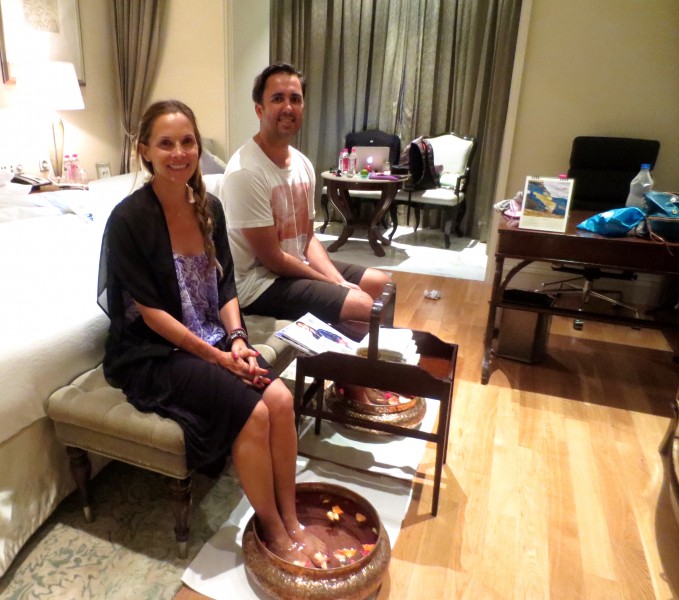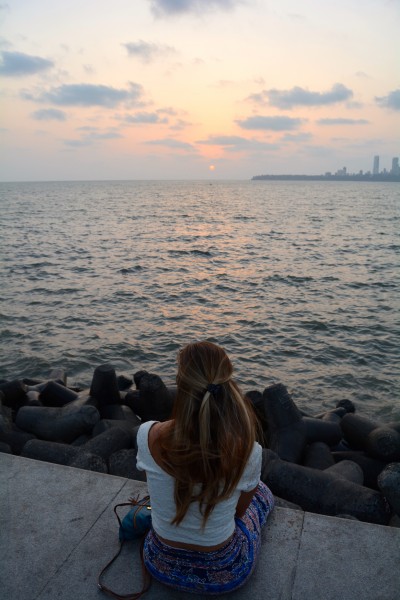Our next stop on our tour of India was Mumbai —or as some of the locals still call it, Bombay.
Known as “the city that never sleeps” and “the city of dreams” Mumbai is a wonderfully dynamic place filled with hope, determination, imagination and a super ambitious population. Mumbai is sprawling, densely populated, intensely hot, and has dizzying energy. It’s a city of contrasts where some of the world’s largest slums nestle in the shadows of the most expensive home in the world ($1 billion dollar home). It’s also the home to Bollywood. I kept wishing I would realize my Indian dream of being discovered on the street and thrown into a production. Mumbai is a traveler’s delight. The diversity, history, religion and ambition keeps the mind excited and the curiosity keen.
The most expensive house in the world. That’s a billion dollar house right there.
Peter and I were flying into Mumbai from Varanasi where Peter was excited to test one of his travel theories.
Basically his theory suggests that by arranging an airport transfer with the hotel you’re more likely to get a room-upgrade upon check-in. Yes, the hotel airport transfer costs more than a taxi, but an upgrade for a five-night stay at a hotel would be worth more. We had booked a basic room at the iconic Taj Mahal Palace in Mumbai, and of course, upon pulling up, the bellman escorted us to a special waiting room where we would be checked-in and offered a very handsome upgrade to a Palace suite! Peter was unabashedly proud of himself.
Staying at the Taj Mahal Palace is an experience in and of itself. It was built in 1903 and represents Mumbai’s oldest harbor landmark. Its where Kings, religious leaders, diplomats and almost every recent American president (including Obama) has stayed. It oozes with tradition and history which, sadly, made it a target.
In 2008 there was a terrorist attack in Mumbai and the Taj Mahal Palace was one of the targets. For three days terrorists took over the hotel where they killed 167 people, held staff and guests hostage, and set off explosives causing the hotel to catch on fire.
The room we were upgraded to was in the center of the main palace. Peter inquired about the history of our specific room. The hotel staff escorting us to our room quietly stated, “some of the worst tragedy of the attack happened on this floor and in this room.” Peter and I looked at each other and telepathically asked each other, ‘did he just say that?’ He went on to explain that many of the staff, along with guests, were taken hostage. Some of them survived and still work at the hotel. Others weren’t as lucky. After he left we first looked for ghosts and then took a moment of reflection. It felt disheartening to think about the evil that exists in this world and the senseless abandonment these monsters carry for innocent human life. We were also inspired by the sense of resilience of the hotel and its staff.
As you can imagine, after an attack like this, there is a paradigm shift in terms of security. Check-in at the Taj is accompanied by a team of K9s, metal detectors, and bomb checks of each entering car. It was a constant reminder of the attack but if it was safe enough for Obama (who visited after the attack) it was safe enough for us!
In the below picture you can see the hotel, fully restored.
It was early evening once we settled into our hotel after a long travel day (every travel day in India is long!) but we rallied and opted for a sunset stroll around the hotel’s nearby historical sites.
The first historical site was the stairwell of our hotel. We were told its the second most photographed site in India behind the Taj Mahal which was hard to believe considering we didn’t see any other photographers in the stairwell during our stay. It was impressive, however, much like the Taj Mahal, its one of those places that is more impressive in person.
Right across the street from out hotel is the Gateway of India. The structure was built in 1911 to commemorate the arrival of King George V and Queen Mary to Mumbai. It served as a symbol of power for the British during their rule in India. Now it’s a historical monument.
Next we took a walk over to Marine Drive where we sat by the waterfront and took in our first Mumbai sunset.
Back at our hotel we night capped it with some room service where we indulged in delicious, savory curry delights and garlic and butter naan. A perfect round out to our first day in Mumbai.
On our second day we were picked up from our hotel for a guided slum tour with Reality Tours and Travel.
We had some initial reservations of going on a Mumbai slum tour as it seemed somewhat disrespectful to tour someone’s poverty and call it a travel or cultural experience. But Reality Tours does a phenomenal job of empowering the slums with percentages of the tourist dollars to support the businesses and shops we visited along the way. We felt entirely welcomed within the slum and since it was a private tour, it didn’t feel as if we were turning someone’s community into a zoo. They also have established rules such as no photography for consideration of those at home.
Our tour started with a stop at Dhobi Ghat which is the worlds largest outdoor laundry facility. Many of the laundry comes from hospitals and hotels and its all being washed by hand. Meaning if you are visiting Mumbai and you send your clothes out to be washed this is how it’s being done.
Next up was Dharavi which is considered “Asia’s largest slum” and was the backdrop for the movie Slum Dog Millionaire. Approximately 1 million people live within 1 square mile. That’s 2/3 the size of Central Park. Can you imagine? It’s located in the heart of Mumbai and is now engulfed by a modern metropolis.
There were no pictures allowed so for a frame of reference this is where we spent our afternoon.
I really didn’t know what to expect from a slum tour. Would it be scary? Depressing? Dangerous? Would people beg for food, money?
It turned out to be basically the opposite of any possible preconceived notion I might have had. Instead I found it to be uplifting, inspiring and humbling.
Here’s why:
Our affable guide, Kumar, set a positive tone from the start. Kumar is a slum dweller himself. He was engaging, smart, spoke perfect English, and was a genuinely happy person.
Kumar lives in a slum home left to him by his farther who now lives out in a village in Varanasi. He is married with a son and he works to support them and his family in the countryside. He emphatically expressed his enthusiasm and gratitude for living here. He looked me right in the eyes and said “I am very lucky because my father gave me his home in the slums.”
This is a conversation that I will never forget.
He used the word “lucky” to describe his life in the slum and he meant it. This alone humbled me to my core and gave me a huge dose of perspective. Mumbai is a city of dreams and a place you go to pursue those dreams. Many in India cannot afford to own or rent a place in a Mumbai slum and this wasn’t taken for granted by Kumar.
The next time I’m irritated or stuck in traffic, I’m going to “Kumar it” – Oh yeah, I have a car.
Frustrated because our bed is uncomfortable at our hotel? I’m going to “Kumar it” – Oh, I have a bed to sleep on.
Kumar has a shanty home where families are living on top of each other surrounded by filth, disease, limited food and clean water resources. He lives in poverty knowing that this will most likely always be his life and he describes himself as lucky. Honestly, I think about what he said all the time.
He then went on to tell us how he “loves” his job and that being a tour guide is one of the most sought after and prestigious jobs in Mumbai. He said it with pride and a huge smile on his face.
Something that surprised me about the slum is that is it full of thousands of mini-factories that manufacture and export goods all over the world totaling $600 million annually. As we walked through the industrial area we saw men using sewing machines making dresses while rocking out to American pop music, workers kneading dough with their feet for tasty pastries sold to shops, men spinning pottery, and so on.
The factory staff work incessantly in severe heat for up to 16 hours per day for $2 per day. And that’s a wage they are thrilled about. A salary worth moving to Mumbai for. A salary they can save from to send money back home.
One of the benefits of many of the factory workers is they request to sleep at the factory, saving on rent. So once you start imagining dozens of factory workers in a small, dark environment for 16 hours a day in extremely hazardous conditions (many develop lung disease) and then sleeping in that same factory you begin to understand Kumar’s state of appreciation.
It’s incredible what people will do for the sake of their families which is why these men are here, dedicated to their work, dedicated to their families. See what I mean? How an you not be touched or inspired by this?
After exploring the industrial area of the slum we moved over to the residential area. As we passed through narrow passageways Peter and I had to duck to avoid hitting a roof which was made out of plastic tarp. I felt claustrophobia setting in as we walked deeper into the maze of homes with the extreme heat getting worse by the second. As we passed makeshift homes we could see families laying side by side taking up the entire width of their dwelling.
During this portion of the tour Kumar told us that for approximately 1400 people there is just one toilet. Can you imagine? Residents at times have to wait hours to go to the bathroom. Many just go in the landfill where there is no wait but full exposure.
Another major problem is clean water resources. Tap water is only available for three hours a day. During that time people are collecting water in buckets and then rationing amongst one another. Peter asked if they use fire to boil the water to clean it from its notorious contamination. Kumar explained that the locals have become immune to the contaminates in the water as it’s too expensive to burn the wood or kerosene for fire when it could be use for cooking. The level of thought that’s put into being resourceful was astonishing.
Because of poor drainage systems human waste fills the air and spreads disease in the slum. The monsoon season naturally exacerbates the spread of disease but Kumar explained that people persevere, drink the water they can and find a way to get by. What’s the alternative?
There was a tough moment that occurred while we were walking through the residential area and came across two malnutrition children walking together, both bald. Kumar told us their heads were shaved due to their lice. The site of their tiny bodies put a huge ache in my heart that stayed with me for a long time. It’s another thing from that day that I think about a lot.
The end of the day ended at Reality Tour’s charitable arm, Reality Gives. Its a center for teenagers and young adults to receive free education in English, computing skills, and help with job placement and opportunities. A board in the front of the room had desirable jobs listed with the top one being a tour-guide.
Our afternoon in the slum was a day that touched us, humbled us, and I suspect will never leave us.
On our way back to the hotel we had our tour driver drop us of at one of Mumbai’s most famous and delicious restaurants for Thali called Samrat. Peter had a deja-vu moment as he realized upon entering the restaurant’s flight of stairs that he had ate here with Andrew Ralston on his last visit to Mumbai, 6 years prior. The Thali lunch is incredible at Samrat and its validated by the huge number of locals that eat here as well. Indian food never once got old for either one of us.
Our next full day was another packed one where we started off visiting a couple major tourist sites. Including the Gandhi Museum.
And Chowpatty Beach.
Our highlight though was meeting up with my good friend Dr Malhotra’s sister, Rekha. Dr Malhotra was an Orange County physician I use to call on in my pharma days and we have remained close friends ever since. He put me in touch with his sister who lives in Mumbai.
Rekha graciously invited us to her home where we were treated like family. Throughout the evening we delved into deep spiritual talks. One thing I love about the Indian culture and Hindu religion is the constant strive for self-examination, contemplation on your karmic path and the journey inwards to better understand the self. Rekha is a person you quickly identify as someone with a special and close relationship with her internal spirituality and continues to seek that inward journey with the help of a guru. We had a lovely talk with her.
Rekha inquired about our next stop in India after Mumbai and we mentioned Rishikesh. Her eyes lit up as she expressed how filled with incredible spiritual energy this part of India contains. She then relayed an unworldly story she had recently experienced. While traveling in a city near Rishikesh she took a photo at sunset with her friend at a very spiritual location. Later when she developed the picture this is what she saw.
In an apparent message from elsewhere, a form took hold in the photographs. Logically contemplating that it could have been an explainable glitch in the camera, she sent the photo to a famous image examiner in the United States who was unable to decipher what could have caused this to happen. So what’s believed is that this medium, in this moment, at this place, by this photographer was a portal or message to someone or something.
Naturally we inquired what she thought this all meant and while she admitted her uncertainty, she does believe there was an intended meaning for her to witness this experience. One of her theories is that the message was sent to her due to her work with Desi cows in India, which are considered holy. It is believe in the Hindu culture that 330 million gods live inside the stomach of the Desi cow making them sacred. Rekha relayed that she has been working to disseminate information on the Desi cow throughout India and the world and donates to feed and keep safe a large number of Desi cows.
But ultimately, the reason is probably outside of our realm of understanding. It was just riveting to go in depth with a person passionate about Hinduism, karma, spirituality, enlightenment and living as a mindful human. There was no small talk with Rehka which we both loved.
Later that evening she treated us to dinner at her country club then sent us back to our hotel with her driver. Such a contrast to tour a slum the day before then to be treated to an evening of luxury. It is the true dichotomy that is Mumbai.
Our last full day in Mumbai we booked another trip with Reality Tours. We opted for the market tour which would take us around the biggest food, clothing, and flower markets in the city. Really it was just walking around the markets that was the entertainment. It was a way to see Mumbai at its best, so to speak, without getting insanely lost. The intensity, crowdedness, honking, noises, smells. It hit all our senses at once and never stopped.
The quote “a stint in India will knock the restlessness out of any living creature” came to mind. Here are some pictures from the walk.
Our tour ended at a cow sanctuary where we were able to feed Desi cows in the hopes of helping our karmic path.
That night we went to the famous restaurant, Leopold Cafe, for dinner. It has been around since 1871 and was also a main target in the 2008 terrorist attack. Gunmen opened fire from outside the restaurant leaving 8 dead inside the establishment. The owner decided to leave the bullet hole marks in the walls as a sign of resilience and remembrance of what went on that day. There is certainly an undeniable energy and soul inside the walls of Leopold. If you’ve read the book Shantaram, its consistently mentioned as a meet-up spot for the characters and locational centerpiece of the story in a lot of ways.
Find the bullet hole in the second image below!
As a last night send off from our hotel we were treated to an in room foot massage when we arrived back that evening. We felt spoiled!
What a whirlwind of a few days!
Mumbai left me with a deeper understanding of the Hindu culture; always striving for a positive karmic path and enlightenment and/or a better next life.
I was touched by the dedication to family that I saw and experienced in the slum life.
I left feeling humbled and more appreciative and grateful for everything I have in my life. It made me realize how little people need in order to be happy.
Mumbai left me with conversations and images that will forever be imprinted in my heart.
I left feeling humbled and grateful and ready for out next Indian adventure.
